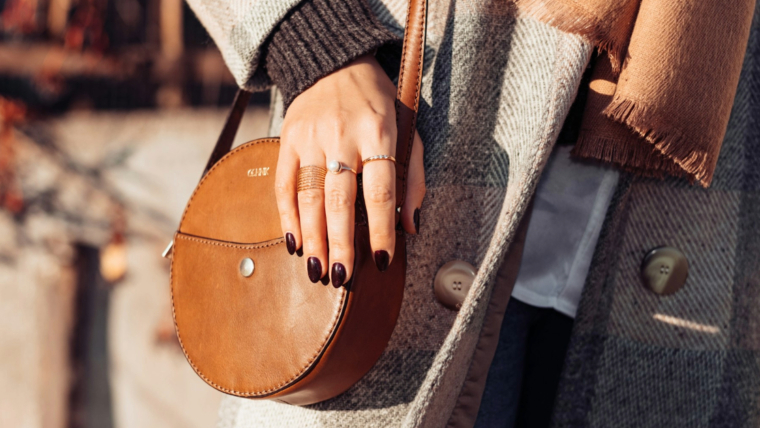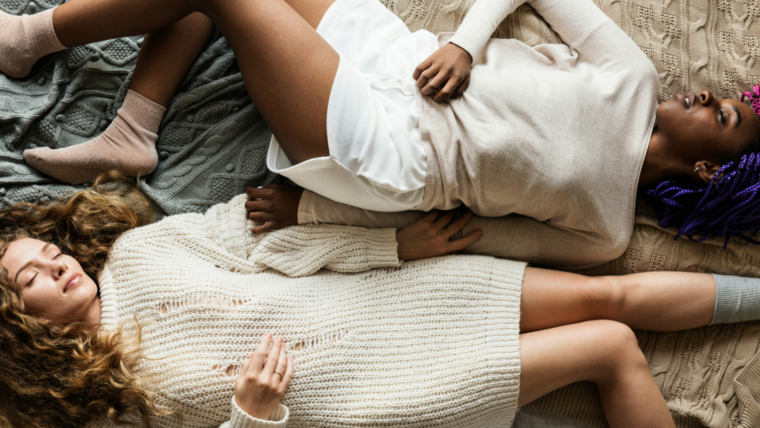We all love a great accessory. Whether it’s a statement necklace, a sculptural ring, or a structured handbag, the right piece can take your look from basic to brilliant. But as many of us have learned the hard way, there’s a fine line between well-accessorised and doing too much. You know the feeling—when you catch your reflection and realise your outfit looks more “costume” than “curated”. That’s where knowing how to accessorise an outfit really comes into play. It’s not just about piling on pretty things—it’s about intention, proportion, and balance. And the best part? When you get it right, your entire look feels effortless.
Here’s how to make every accessory count—without ever looking overdone.
1. Start with One Statement Piece
This is one of the golden rules in accessorising: pick one bold, standout piece and build around it. Think of it as your anchor. If you’ve gone for oversized earrings, keep the rest of your jewellery simple. Wearing a chunky belt? Let it be the focal point and pull back on the rest.
Here’s how to strike that balance
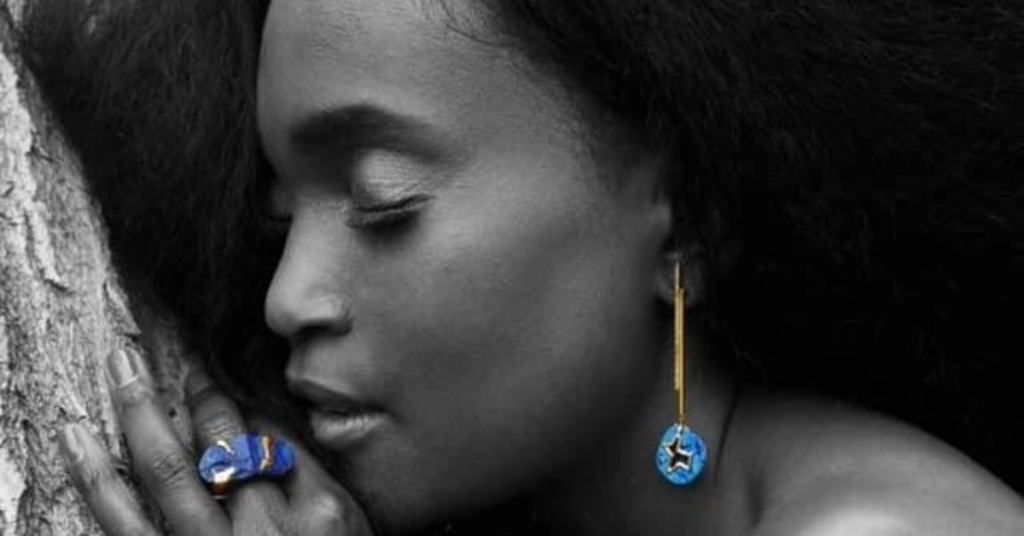
- Statement necklace? Choose small studs or skip earrings altogether.
- Bold earrings? Leave the neckline bare or opt for a barely-there chain.
- Eye-catching scarf or wide-brim hat? Let them speak for themselves and go light on jewellery.
Of course, there’s some flexibility. If your bold piece is a handbag or a pair of standout shoes, you’ve got more room to layer delicate jewellery, since those accessories sit further from your face.
Read More: Every Stylish Summer Outfit You’ll Want On Rotation in the July-August Heat
2. Pair Your Neckline with the Right Jewellery
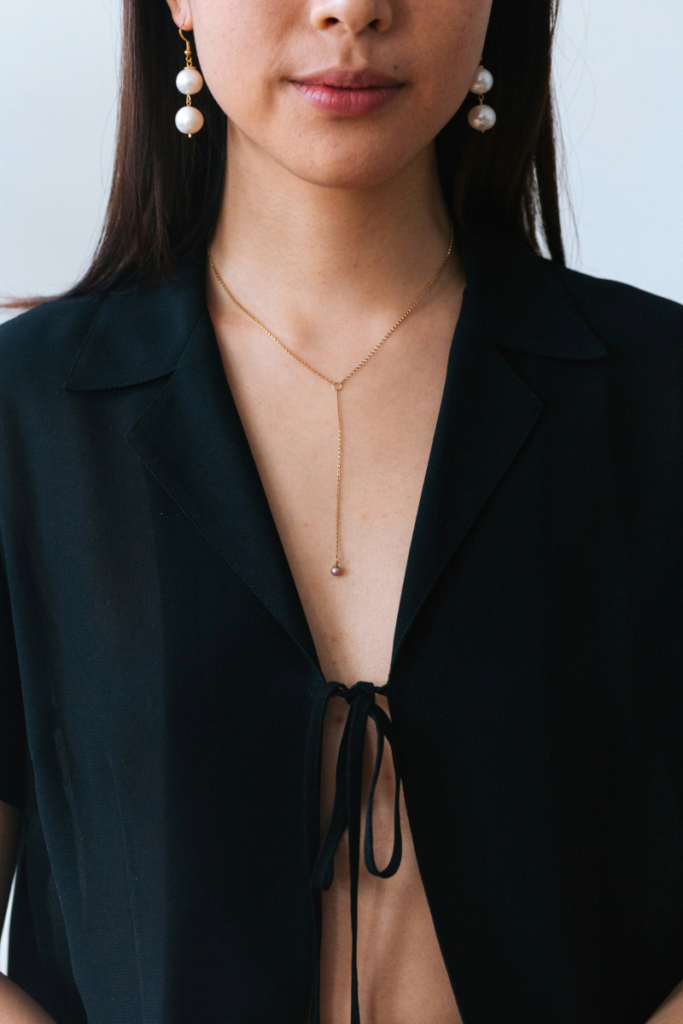
If you’ve ever put on a necklace and thought, something feels off, chances are it clashed with your neckline. Learning how to accessorise an outfit includes understanding how necklines and jewellery work together.
- High necklines (like turtlenecks or crew necks): Try a long pendant or drop earrings to elongate the look.
- V-necks or scoop necks: These pair beautifully with short necklaces that mirror the shape of the neckline.
- Off-the-shoulder or strapless tops: Consider skipping the necklace altogether and going bold with earrings or a choker.
The goal here is harmony, not competition.
3. Pay Attention to Proportions and Fabric Weight
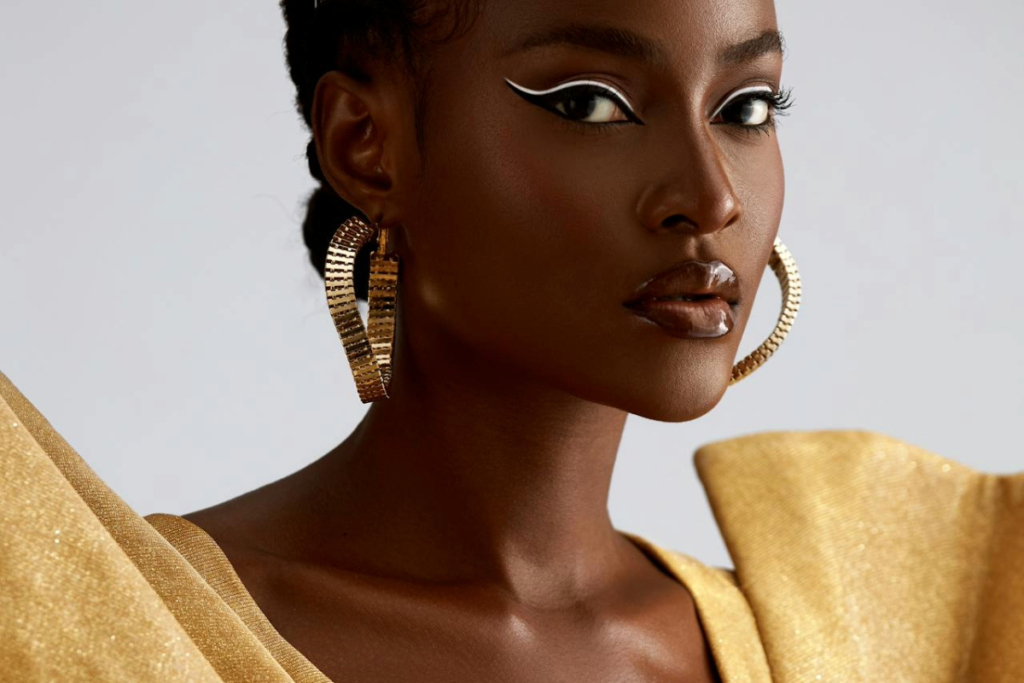
Great styling isn’t just about colour or shape—it’s also about weight and texture. The pieces you choose should complement the outfit’s overall feel. If your look is already visually “heavy” with thick fabrics or layering, it can handle bolder accessories. But if you’re wearing something light and floaty, go with pieces that echo that softness.
- Voluminous coats or structured silhouettes: Match them with sculptural jewellery or heavier materials.
- Linen dresses or slinky slip skirts: Pair best with delicate necklaces, thin bangles, or fine rings.
It’s all about keeping your outfit in visual balance—a key part of learning how to accessorise an outfit with confidence.
4. Play with Colour, Texture, and Material
Accessories are a smart way to add personality without committing to a full-on trend.
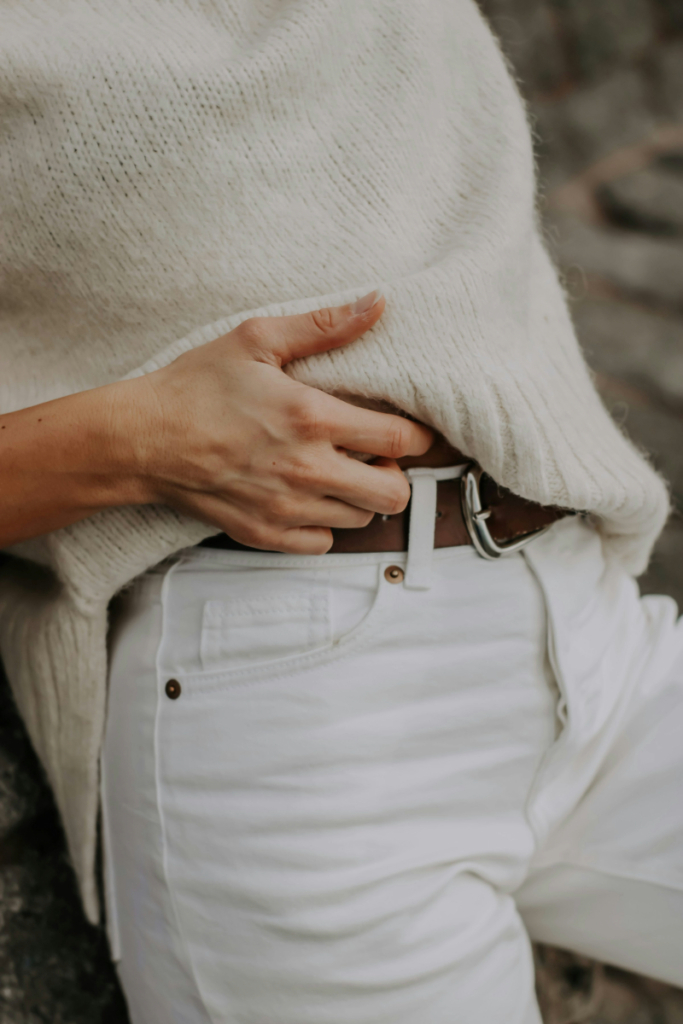
A pop of colour, a mix of textures, or a surprise material can bring new life to an otherwise neutral look.
- Wearing all black or beige? Add vibrancy with a colourful bag, a patterned silk scarf, or a wide-brim hat in a statement shade.
- Dressed in monochrome? Layer in contrast with textures like suede, raffia, metallic, or tortoiseshell.
- Avoid being too “matchy-matchy.” You don’t need your shoes, belt, and bag to match exactly anymore. Think coordination, not duplication.
When you understand how to accessorise an outfit using colour and texture, you instantly elevate your entire aesthetic.
5. Edit Ruthlessly. It’s Part of the Process
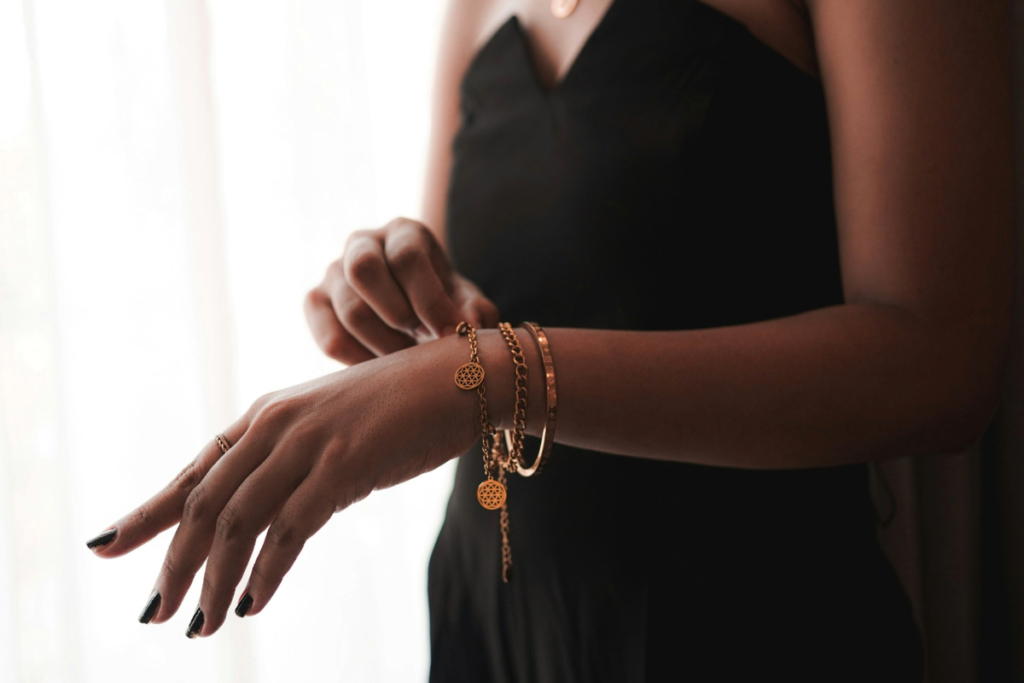
Here’s a trick every fashion editor swears by. Once you’ve put on all your accessories, take one thing off. It might feel counterintuitive at first, but surprisingly, that little edit often makes all the difference. By removing just one item, you allow the right pieces to truly shine.
Now, I know what you’re thinking—some people believe minimalism means being boring. But actually, it’s quite the opposite. Minimalist choices are all about being deliberate and thoughtful. So, if something feels like “too much,” chances are it really is. Ultimately, knowing how to accessorise an outfit often comes down to knowing what not to wear.
6. Make It Functional and Fashionable
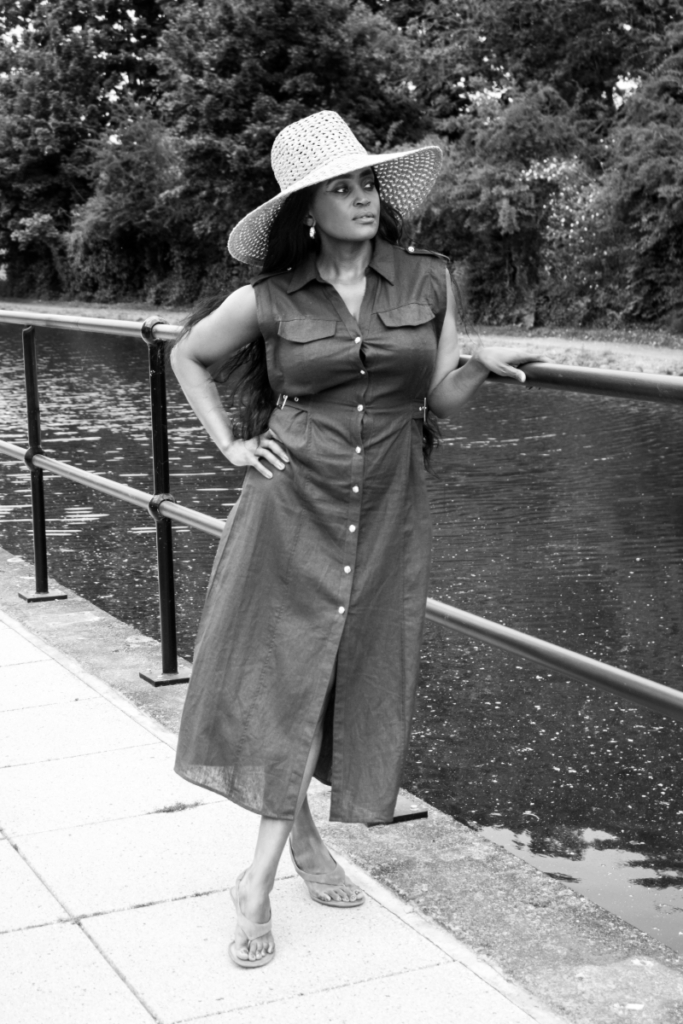
When it comes to accessorising, the most powerful accessories don’t just look good—they actually serve a purpose. A well-chosen piece can elevate your style while also being genuinely useful. That’s where fashion meets function.
Here are some key examples of accessories that combine style and practicality:
- A timeless leather belt not only defines your waist but also adds structure to your outfit.
- A chic watch works double duty—as a piece of jewellery and a practical timekeeper.
- A quality crossbody or tote carries your essentials while finishing off your look effortlessly.
- And a wide-brim hat provides sun protection while adding instant polish and style.
Choosing accessories that work with your lifestyle—and not just your outfit—is one of the most practical ways to master how to accessorise an outfit for everyday.
7. Minimalist Accessories: When Less Really Is More
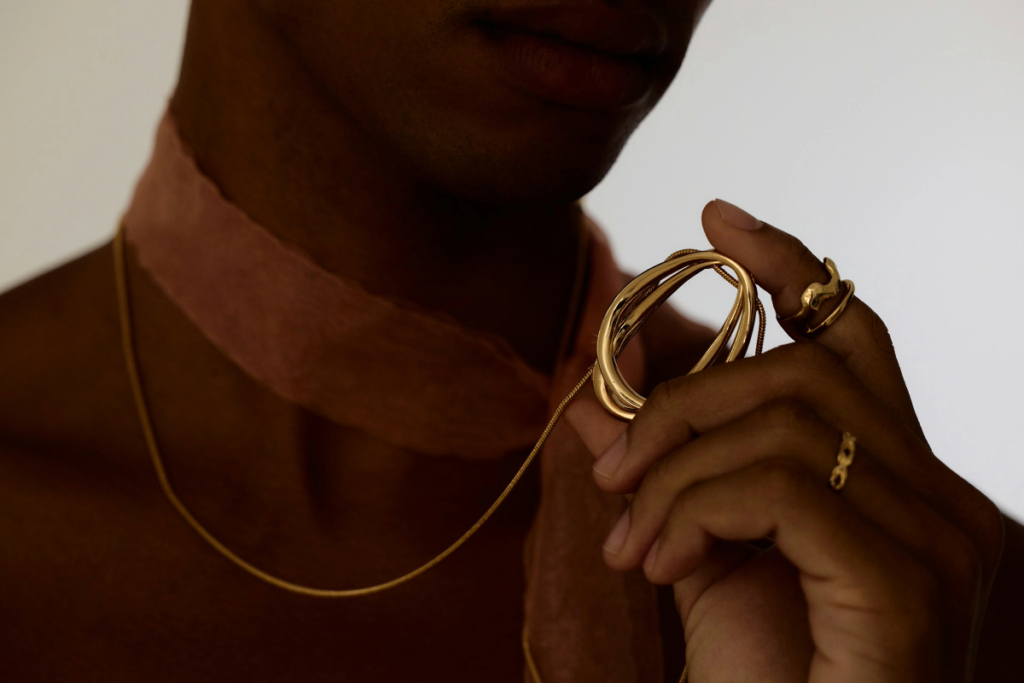
Not every look needs embellishment. In fact, some of the most elegant outfits are the ones styled with restraint. If you lean towards clean lines, neutral palettes, and subtle elegance, minimalist accessories are your best friend.
And that doesn’t necessarily mean skipping accessories altogether—it means choosing carefully.
Think:
- A thin gold bracelet.
- Simple pearl studs.
- A structured, neutral-toned bag.
- Just one or two standout pieces that feel thoughtful.
Minimalist styling gives your look space to breathe. It feels considered, not crowded. The contrast between clean and cluttered is part of the appeal—it draws attention to your choices, not your excess.
Of course, on the days you want to be bolder, go for it. Stack your rings. Throw on those chunky earrings. Mix your metals. The beauty of style is in the contrast, and knowing how to move between both ends of the spectrum with intention is the real secret to mastering how to accessorise an outfit.
How to Accessorise With Intention, Not Excess
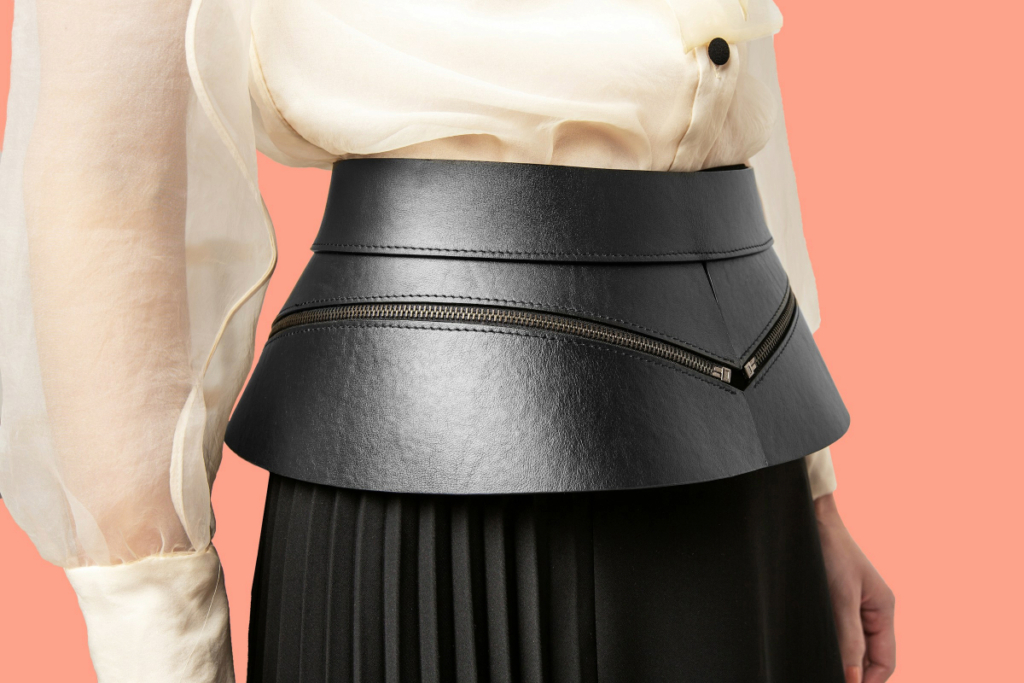
That said, it’s crucial to always remember that accessorising isn’t about adding more—it’s about adding well. Whether you’re dressing for work, heading to brunch, or putting together a polished travel look, every accessory should feel intentional and like it truly belongs. As you learn to choose pieces that enhance rather than overwhelm, you’re not just mastering style—you’re discovering your own personal aesthetic. When accessories become tools for self-expression, styling becomes effortless, and your confidence naturally shines through.
Loved This Post?
Don’t forget to share it with a friend who’s always asking how to accessorise without going too far. And for more daily style tips and inspo, follow us on Instagram @chic_chui.


